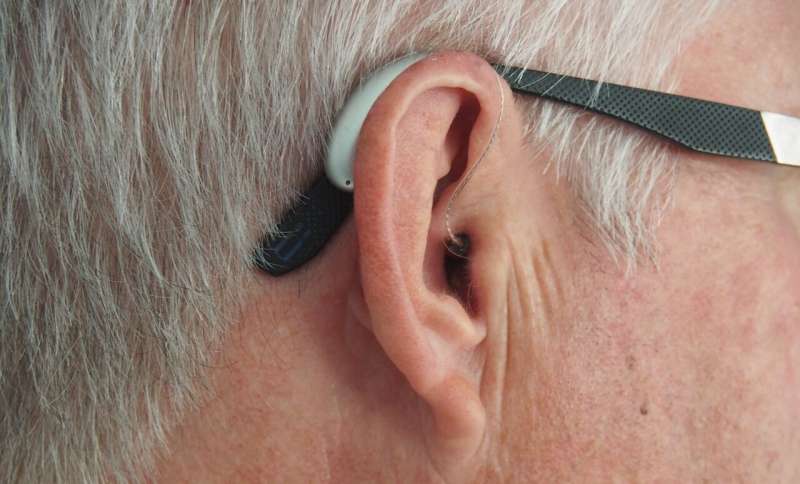Walking Influences How the Brain Processes Sound, New Research Shows

New research shows that walking alters how the brain interprets sounds, with movement enhancing neural responses and aiding in environmental awareness.
Recent research published in the Journal of Neuroscience reveals that walking can significantly affect how our brains interpret auditory information. Led by Liyu Cao from Zhejiang University and Barbara Händel from the University of Würzburg, the study investigated whether the direction of walking impacts sound perception.
The experiment involved thirty volunteers who traced an eight-shaped path while listening to continuous streams of sound with varying intensities. Brain activity was recorded during these sessions. The findings showed that neural responses to sounds were notably stronger during walking than when standing still or walking in place. Moreover, these responses varied in accordance with changes in sound intensity, and interestingly, changing walking directions altered how the brain responded to auditory stimuli.
For example, Cao explained that when participants made a right turn, their responses to sounds emanating from the right ear initially increased and then decreased relative to sounds from the left ear, possibly indicating shifts in attentional focus during movement. Additionally, when short bursts of tones were embedded into the sound stream, these disrupted the brain's usual response patterns. The strongest responses to these tones occurred only when the sounds were presented to one ear during walking.
This suggests that during movement, the brain might actively filter out predictable background sounds, such as footsteps, while becoming more sensitive to unexpected auditory cues from the environment. Such a filtering mechanism could enhance reactions to sudden sounds, aiding safer navigation in dynamic environments. The findings imply that our auditory system is finely tuned to detect novelty and deviation, especially when we are in motion.
These insights could help improve understanding of sensory processing during movement and have implications for designing better assistive devices or environments for individuals with sensory processing challenges. This study underscores the intricate relationship between movement and sensory perception, highlighting how physical activity influences cognitive functions related to hearing.
Source: Medical Xpress
Stay Updated with Mia's Feed
Get the latest health & wellness insights delivered straight to your inbox.
Related Articles
Innovative Leukemia-On-A-Chip Device Revolutionizes CAR T Therapy Testing
Researchers at NYU have developed the first immunocompetent leukemia-on-a-chip device, transforming how CAR T-cell therapies are tested and personalized, reducing reliance on animal models.
Study Identifies Challenges and Opportunities in Hearing Care for Older Adults
A recent study sheds light on the challenges faced by older adults in accessing effective hearing healthcare and advocates for a more integrated, patient-centered approach.
Innovative AI Model Enhances Tumor Diagnosis with Over 170 Cancer Types Detectable
A new AI model developed by Charité Berlin can classify over 170 tumor types quickly and accurately using epigenetic fingerprints, offering a less invasive alternative to traditional biopsies and advancing personalized cancer diagnosis.
Early Childhood Antibiotic Use and Its Connection to Earlier Puberty in Girls
Research links antibiotic use during infancy to an increased risk of earlier puberty onset in girls, stressing the importance of cautious antibiotic prescribing for infants.



